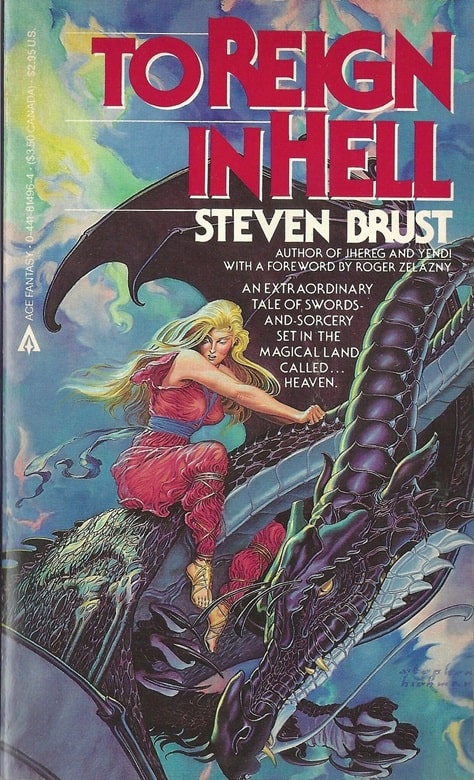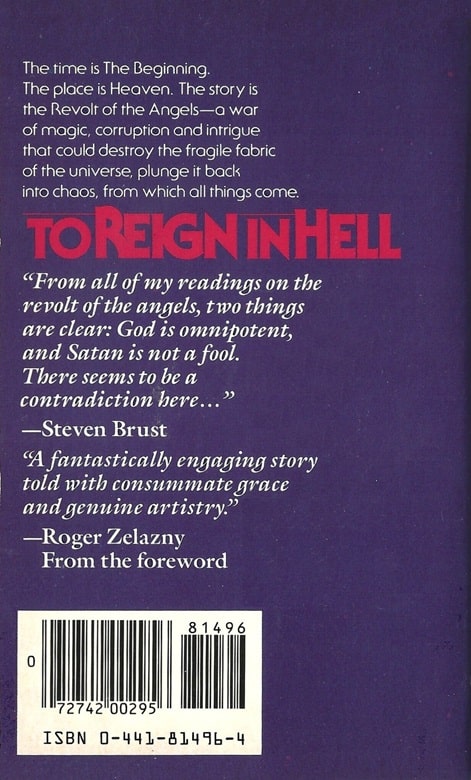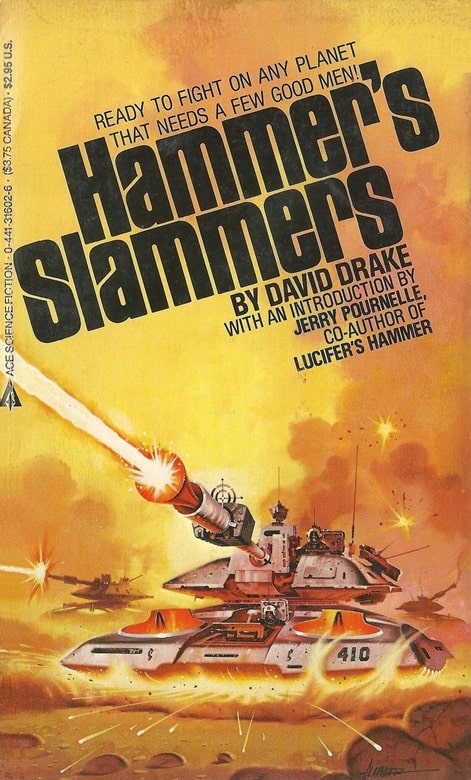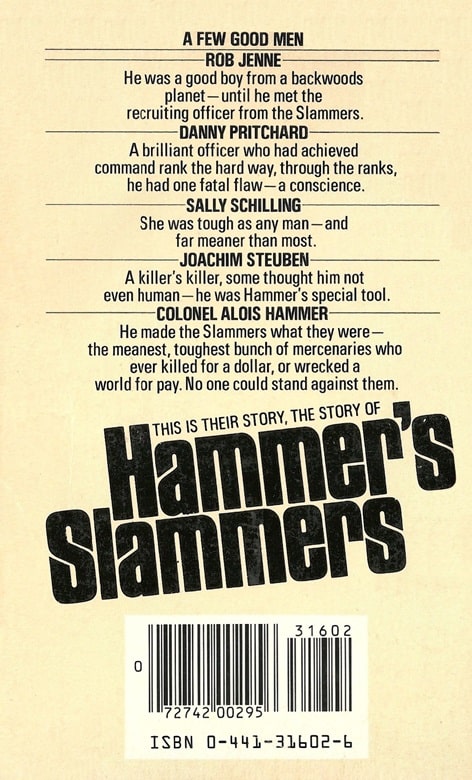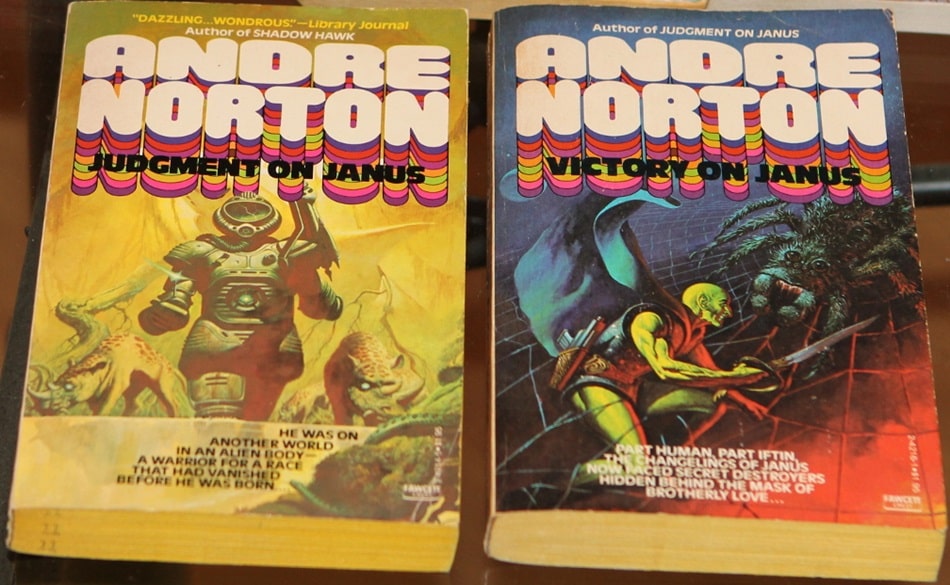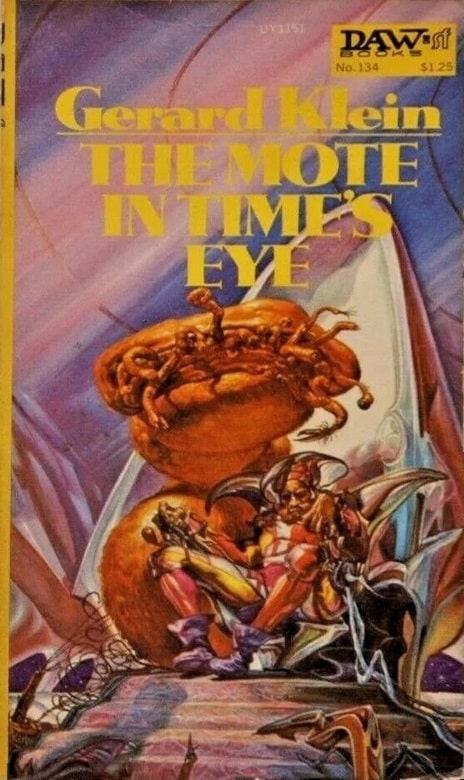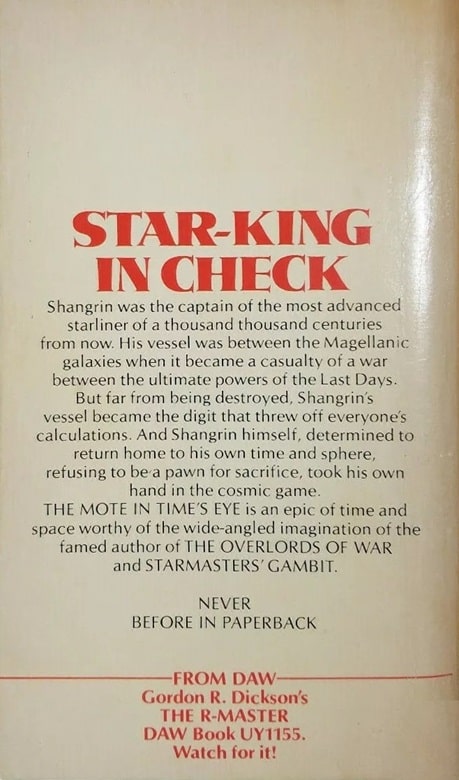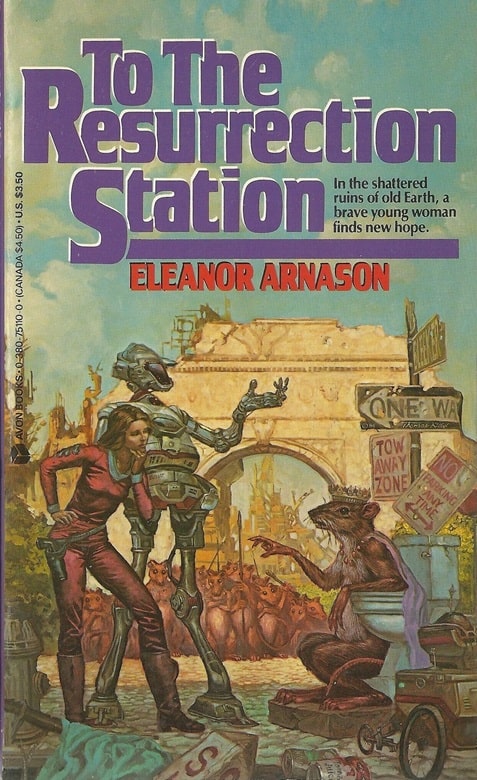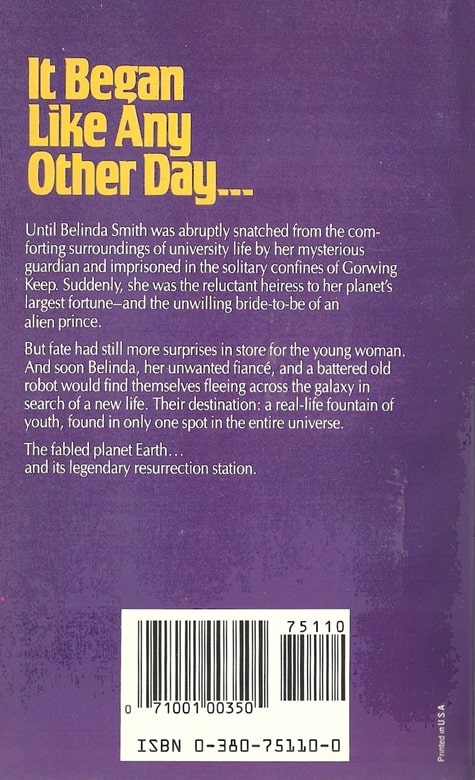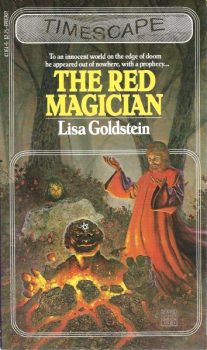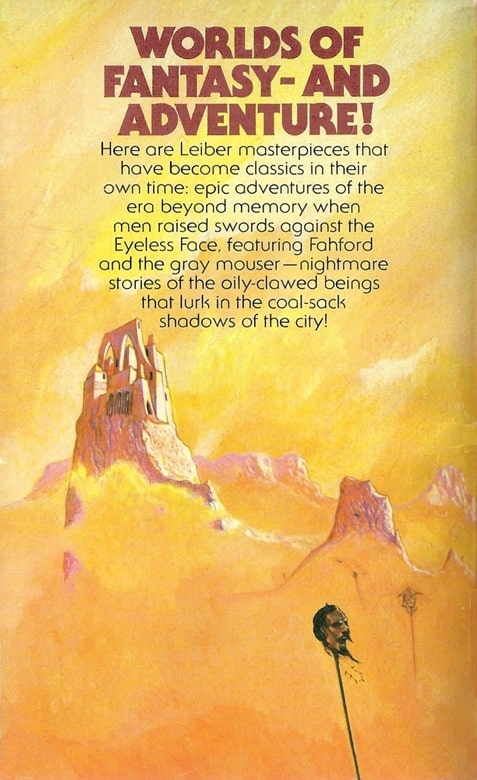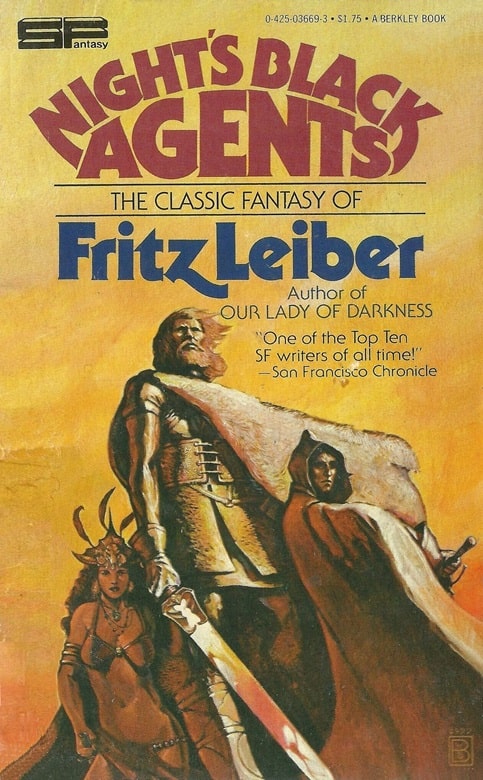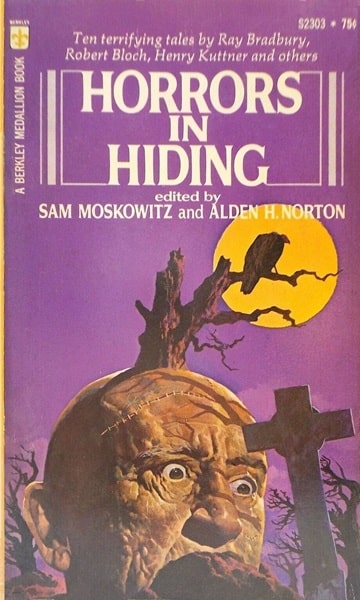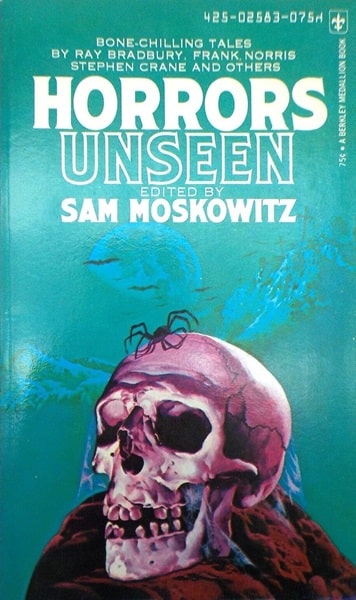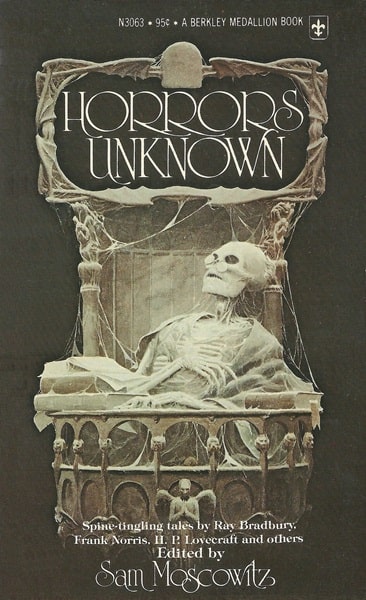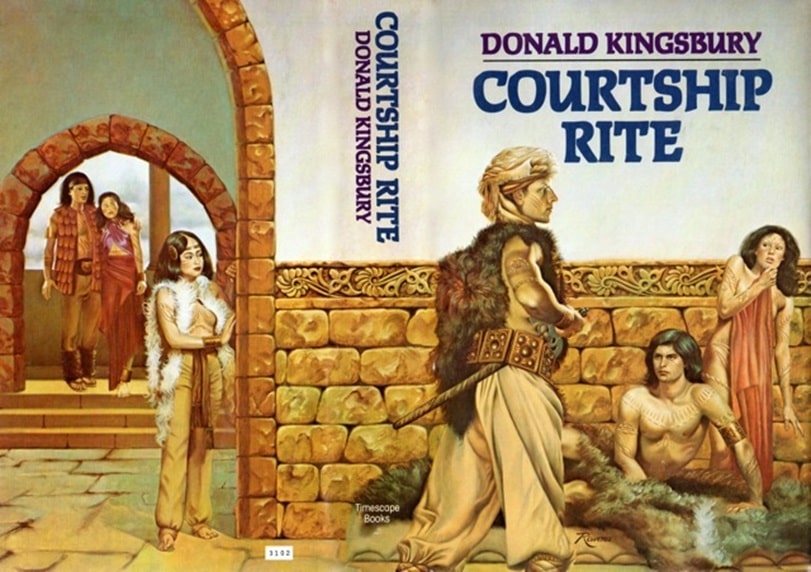Five Tours in the Galactic Security Service: Backflash (Simon Rack #3) by Laurence James
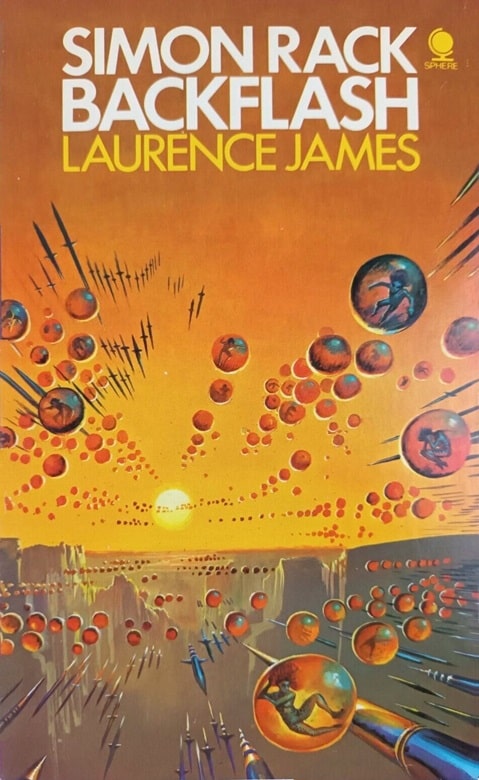 |
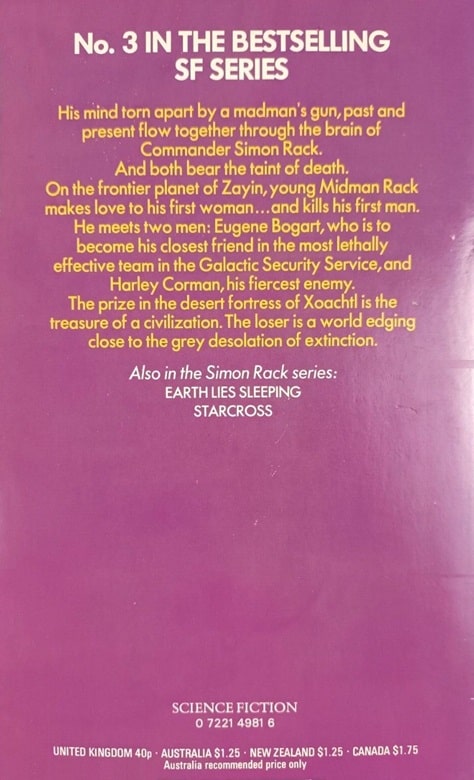 |
Backflash (Sphere Books, January 1975). Cover by Bruce Pennington
Here’s another review of an obscure (at least to me!) 1970s SF novel. I found it on the free table at Boskone this year. It is slim, and I knew nothing about it or the author, so I figured it was worth a look.
Laurence James (1942-2000) was a British writer and editor, who published dozens of books between 1973 and his all too early death. He wrote in a number of fields, but mostly SF, and he was probably best known for a long series, Deathlands, which still continues with some 150 books published to date. James wrote over 30 novels in the series, most of the first 33 or so, which appeared between 1986 and 1996. All of the books (to this date) are published as by James Axler. I was completely unaware of these books or any other work by James until now.
The Simon Rack series comprises five volumes published in 1974 and 1975. Backflash is the third. It appears (though as I haven’t read the others I’m not sure) to be mostly a flashback to the first Simon Rack adventure by internal chronology (and perhaps that’s the reason for the title.) It opens with Commander Simon Rack of the Galactic Security Service confronting a madman who has stolen an experimental weapon and gone on a killing spree. As he corners him, the madman shoots — and it appears that the weapon’s effect includes messing with the brain’s sense of time, and Rack starts to experience his past life, on the planet Zayin.
